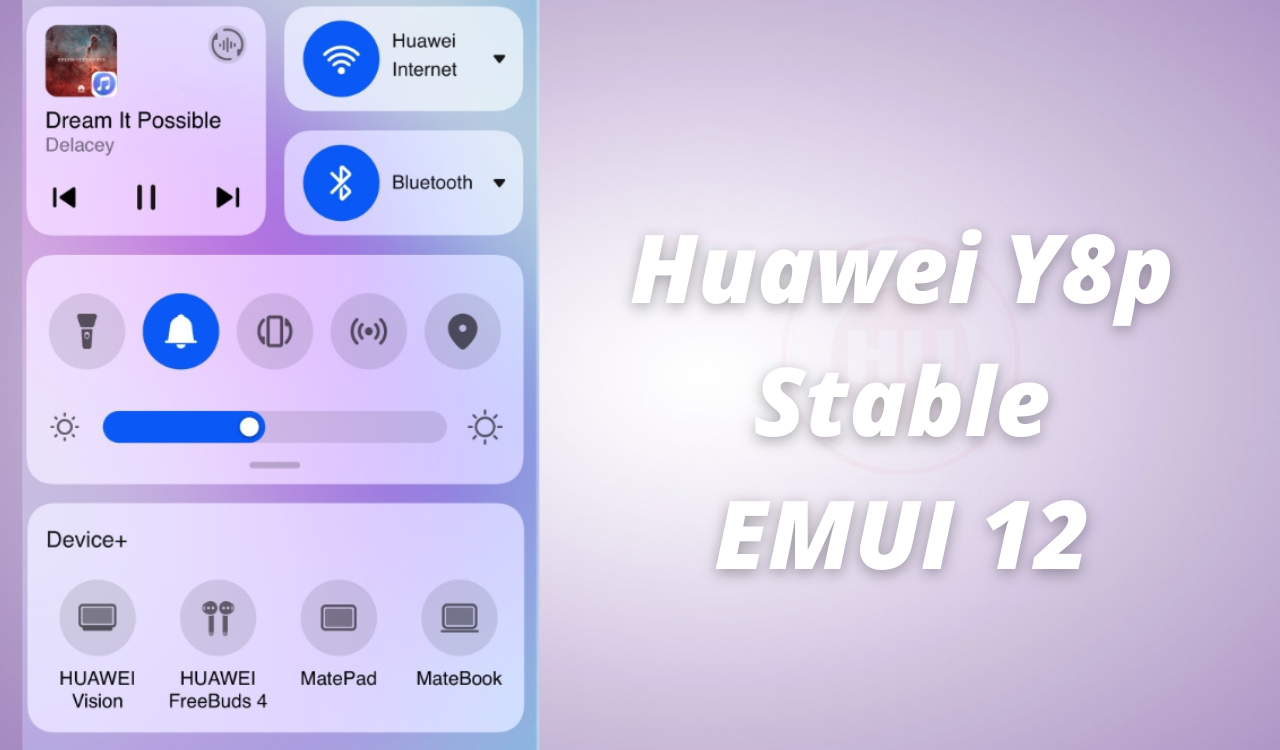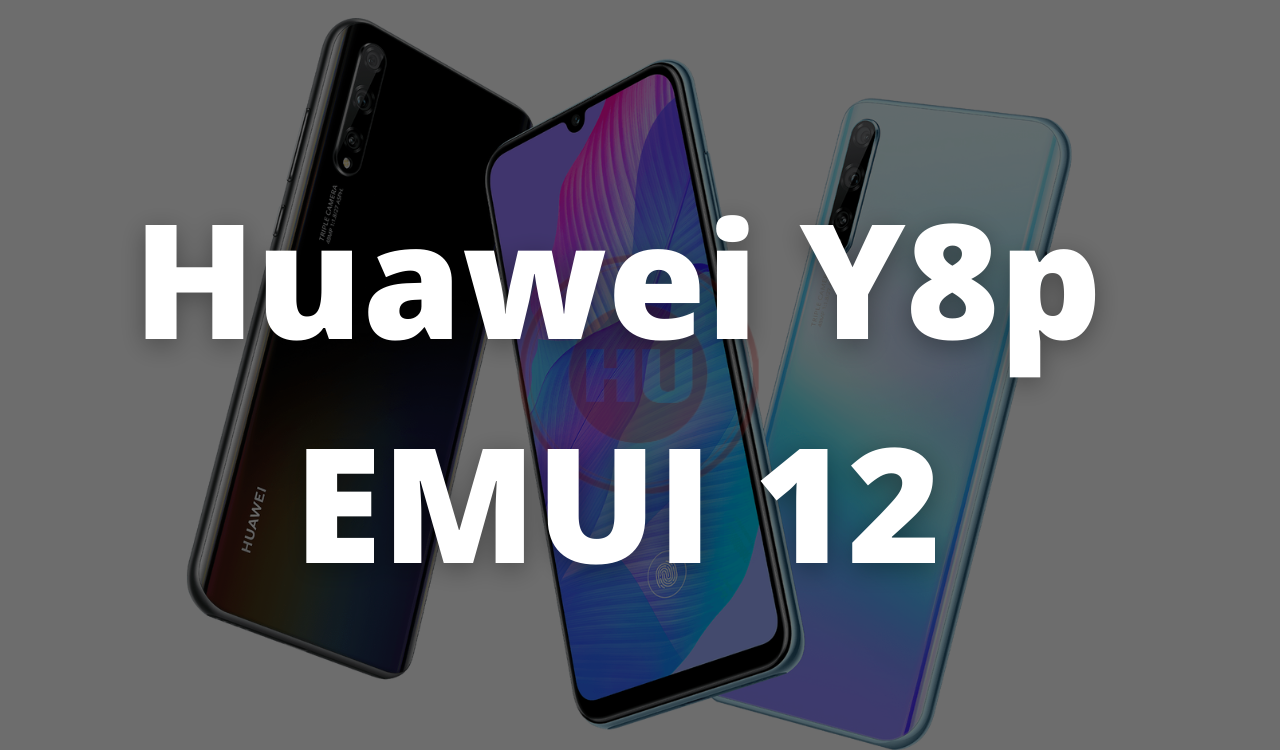Huawei News
Huawei launched Mid-Range Y8p phone with OLED Display, Triple Rear Cameras, EMUI 10.1

Huawei silently announces its new smartphone Y8p on its global website. A device between the entry and middle segment, Y8p comes with Kirin 710F and is powered by 6 GB of RAM. Huawei has not announced the price and date of the sale of its new smartphone yet.
Huawei’s new smartphone, Y8p, is similar in design to the company’s P Smart S model. The device, which has a 6.3-inch screen, has an in-screen fingerprint reader sensor and offers consumers FHD + resolution. Huawei says its new smartphone has an OLED display. In addition, the drop notch on the Y8p’s screen features a 16 MP front camera.
Introducing Huawei Y8p:
When we look at the back of the Huawei Y8p, we see that there is a triple camera setup. This setup is placed vertically, respectively; It offers the main camera at 48 MP resolution, an ultra-wide-angle camera at 8 MP and a depth sensor at 2 MP.

When we look inside the Huawei Y8p, we see that this phone is powered by the Kirin 710F processor. It comes with 6 GB of RAM and 128 GB of storage. With microSD card support, the phone supports up to 512 GB of cards, thus eliminating the storage problem. In addition, this smartphone has a 4,000 mAh battery that offers fast charging support of 10 watts and the device runs on EMUI 10.1.
Huawei Y8p specifications:
- Screen: 6.3 inch sized FHD +
- Processor: Kirin 710F
- RAM: 6 GB
- Storage Space: 128 GB (microSD support)
- Front Camera: 16 MP
- Rear Camera: 48 MP + 8 MP + 2 MP
- Battery: 4,000 mAh (10-watt fast charging support)
- Operating System: Android 10 based EMUI 10.1
- Colors: Breathing Crystal and Midnight Black.




Huawei News
Huawei Smart Screen S5 Pro sale details

Huawei officially started the sale of its new Smart Screen S5 Pro. The latest smart screen comes with three sizes of 65/75/85 inches and supports Huawei Lingxi pointing remote control, 4K super projection and other functions.
Huawei Smart Screen S5 Pro sale price
- 65 inches 6499 yuan
- 75 inches 8499 yuan
- 86 inches 11999 yuan
The entire Huawei Smart Screen S5 Pro series supports Lingxi pointing remote control , which can realize operations such as sliding, tapping, dragging, circling and jumping; the smart screen supports the super desktop function, which can realize large-screen operation of mobile phone apps.
Huawei Smart Screen S5 Pro is equipped with a 4K flagship main core + AI vision chip, which can realize functions such as smooth portrait tracking, AI fitness, children’s sitting posture and distance reminders, AI somatosensory games, ambient light perception, etc.; it has 3 pre-installed HDMI2.1 interfaces, standard 4GB+128GB storage combination, and supports dual-band Wi-Fi 6.
The Huawei Smart Screen S5 Pro series is equipped with a four-unit audio system as standard, which supports surround stereo effects. Users can cast 4K video content from apps such as Huawei Video, Bilibili, Mango TV, Tencent Video, Youku Video, and iQiyi to the smart screen , with a frame rate of 60FPS and a delay of about 80 milliseconds.

Huawei News
Huawei MateBook GT laptop arriving soon

Huawei is expected to release a new MateBook GT 14 laptop. The device appeared on the Huawei Smart Life App in May this year. The 3C certification information shows that the computer model is ENZH, produced by Wuxi Dengyuan Electronic Technology Co., Ltd., and is equipped with the same 140W power adapter as the MateBook X Pro 2024.
As per the Geekbench benchmark database, the ENZH laptops have three processor versions: Intel Core Ultra 5 125H / Ultra 7 155H / Ultra 9 185H .
In addition, the launch of Hongmeng Smart S9 and Huawei’s all-scenario new products has been officially announced to be held on August 6, which will bring a variety of products such as headphones, mobile phones, smart screens, etc.

Huawei News
Huawei Smart Screen S5 Pro comes with 4 speakers

Huawei Smart Screen S5 Pro is all set to go on sale tomorrow. It has now appeared in the Huawei Smart Life App and has three size versions to choose from.
Huawei Smart Screen S5 Pro has three sizes, all equipped with 4 speakers as standard , and no ads when turned on by default. Huawei Smart Screen S5 Pro series sizes are 65 inches, 75 inches and 86 inches.
The screen material is LCD, supports 120Hz/240Hz refresh rate, and the entire series is standard with 4 speakers and 4GB+128GB memory combination, and supports dual-band WiFi 6 and HDMI 2.1.




















